The protection is somewhat reminiscent of a visor on a knight's armor
A new design of a space helmet for extravehicular activities on the Moon or Mars was invented by Oleg Tsygankov, a researcher at the Energia Rocket and Space Corporation. To the traditional helmet, with an unreinforced outer glass part, he added an arched protective part — a “guard”, which, according to the inventor, could protect it if it fell on the surface of the Moon or another planet.
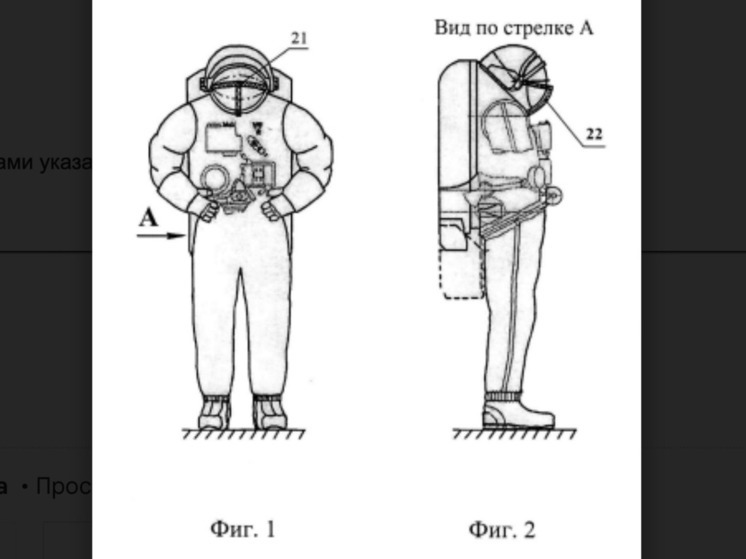
As reported by Rospatent, the proposed helmet contains a helmet with glazing and an arched guard located with a gap of 20-25 mm relative to the spherical surface of the glazing. In the middle the guard is equipped with additional support. The structure is attached to the body of the spacesuit and can be mounted and dismantled as necessary.
This invention relates to means of increased safety for an astronaut in a spacesuit on the surface of the Moon, Mars and other “astronomical objects”. Since gravity on them is weakened (compared to Earth's), the astronaut will constantly be at risk of losing his balance and falling. Most likely, he will not face serious injuries, since the astronaut’s body will weigh much less on the Moon. But, as for the external elements of the spacesuit, they can be damaged upon contact with rocky debris. Therefore, the guard, in fact, is needed more to preserve their integrity.
The patent further describes in detail the characteristics of the surface of the lunar seas, on which a helmet can be broken. It is “slightly undulating, with unevenness up to 1 meter and a slope of up to 0.1 meter, and is a crushed stone placer with boulder inclusions.” Large fractions and fragments ranging in size from 1 centimeter to 10 meters are partially immersed in the thickness of the silt-sand and dust layer. As for the mountainous regions of the Moon, according to the author of the development, an even more complex geological situation is expected there, since the main elements of the relief there will be craters reaching a diameter of 80-200 kilometers.
As for the relief in the landing zone on Mars, it can be a rocky plain (rocks occupy up to 20% of the area) with rounded pebbles, cobblestones, boulders up to 1 meter in diameter. There are also stones with sharp edges and surfaces in the form of frozen lava on Mars. Since the force of gravity on Mars is almost 2.4 times greater than on the Moon, on the red planet the likelihood of injury when falling face down will increase.
The helmet must be durable, heat- and cold-resistant, glazed it should be made of translucent polymers and silicate glass.
An astronaut on Mars or the Moon could have avoided falling if he had maintained balance with the help of one or two alpenstocks, following the example of “Nordic walking,” argues author. However, this will make his hands unfree for selecting geological samples and placing them in containers. Therefore, Tsygankov still offers protection for the helmet, somewhat reminiscent of the visor on knightly armor or protective masks for hockey goalkeepers.







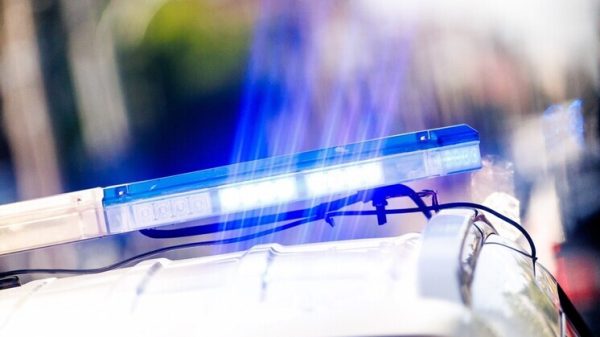



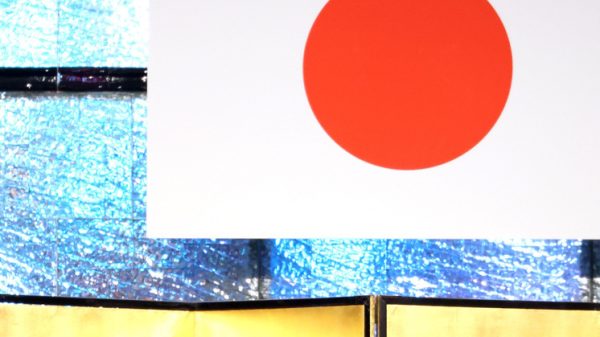
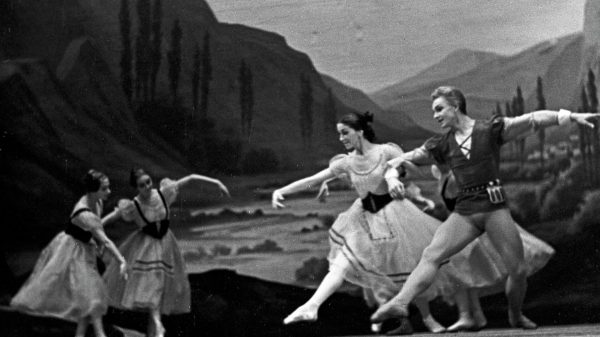




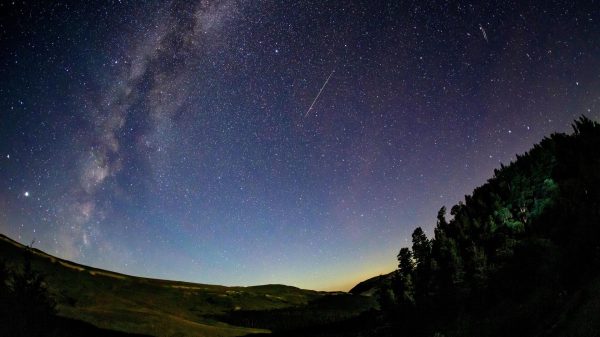

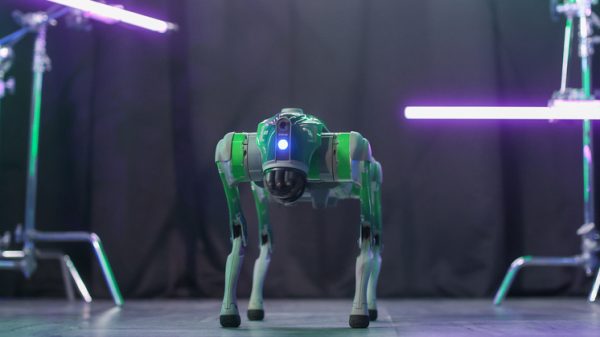









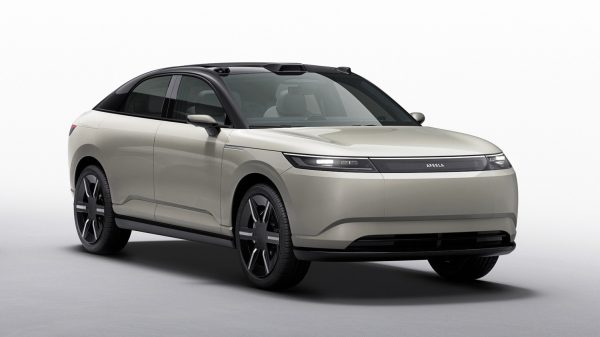

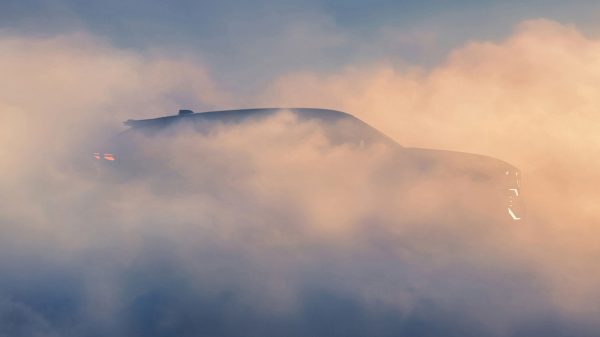



















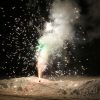






Свежие комментарии